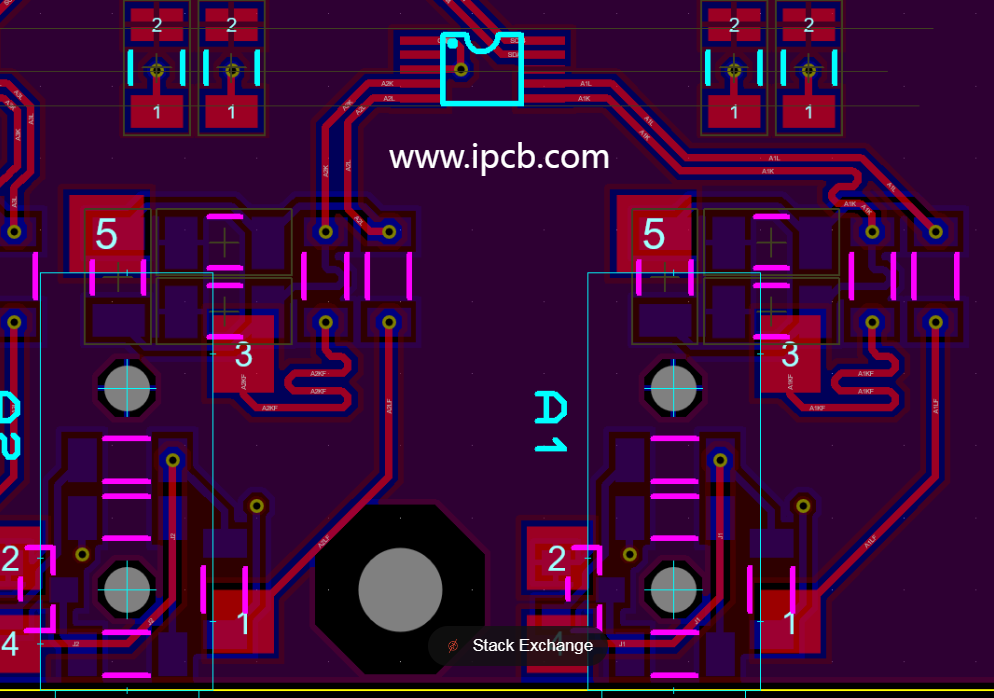- 01
- Mar
Demystifying Analog Ground and Digital Ground in PCB Design
Introduction:
In the realm of PCB (Printed Circuit Board) design, one of the critical considerations is the management of ground connections, particularly concerning analog and digital components. This topic often sparks debates and differing opinions among designers. Let’s delve into the discourse surrounding the separation or unification of analog ground and digital ground and explore the best practices for achieving optimal performance in electronic circuits.

Understanding Analog Ground and Digital Ground:
Analog ground and digital ground serve distinct purposes within electronic circuits:
- Analog Ground: This ground reference is crucial for analog circuits, which deal with continuous signals. Analog ground ensures stable voltage levels and minimal noise interference, especially for sensitive components like sensors and audio amplifiers.
- Digital Ground: Digital circuits, on the other hand, manage discrete signals represented by binary values (0s and 1s). Digital ground is essential for providing a reference point for digital signal processing and ensuring accurate communication between digital components.
Common Approaches to Grounding:
- Separate Grounding with Connection: Historically, designers often opted to segregate analog and digital grounds to minimize interference between the two domains. They would then connect these grounds at a single point using components like 0-ohm resistors or magnetic beads. This approach aimed to prevent digital noise from contaminating analog signals and vice versa.
- Unified Ground Plane: In modern PCB design, there’s a growing trend towards a unified ground plane. This approach involves integrating analog and digital grounds into a single, contiguous ground plane. By keeping all ground connections unified, designers aim to maintain signal integrity and minimize ground loops.
Key Considerations for PCB Design:
- Signal Integrity: Regardless of whether you choose separate or unified grounding, the paramount concern is signal integrity. Grounding decisions should prioritize minimizing noise, ensuring stable reference voltages, and optimizing signal pathways.
- Layout and Placement: Proper layout and component placement play a significant role in mitigating signal interference. Placing analog and digital components strategically can help minimize cross-talk and electromagnetic interference (EMI).
- Simulation and Testing: Before finalizing the PCB design, thorough simulation and testing are essential. Tools like SPICE simulation can help evaluate the impact of different grounding strategies on circuit performance.
- Flexibility and Adaptability: PCB designs should allow for flexibility to accommodate future changes or optimizations. Designers should anticipate potential challenges and plan for scalability and adaptability.
Conclusion:
In conclusion, the debate between separate and unified grounding strategies underscores the complexity of PCB design. While traditional practices favored segregation for noise isolation, modern designs lean towards integration for simplicity and efficiency. Ultimately, the best approach depends on the specific requirements of the application, with a focus on maintaining signal integrity and minimizing interference. By understanding the principles of analog and digital grounding and adhering to best practices, designers can create robust and reliable PCB layouts suited to their needs.
